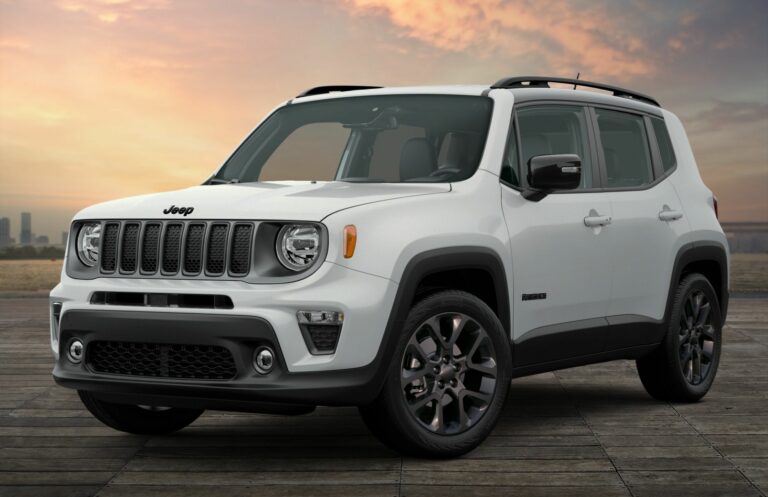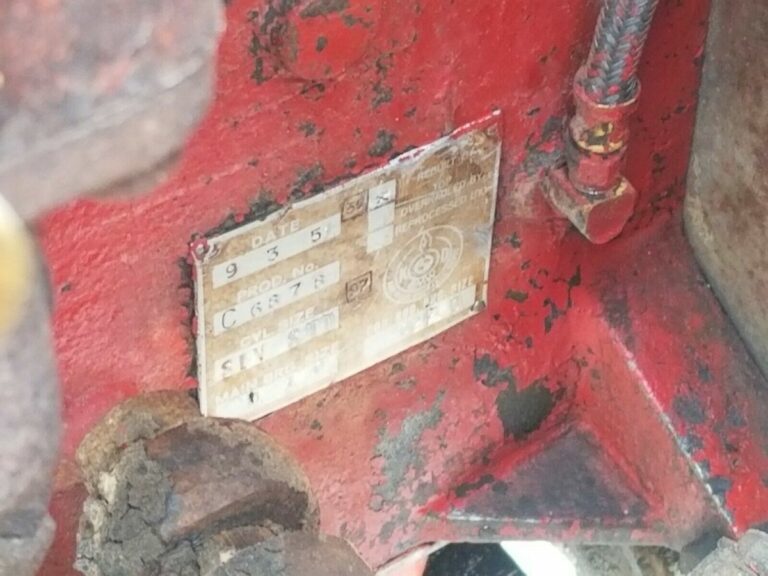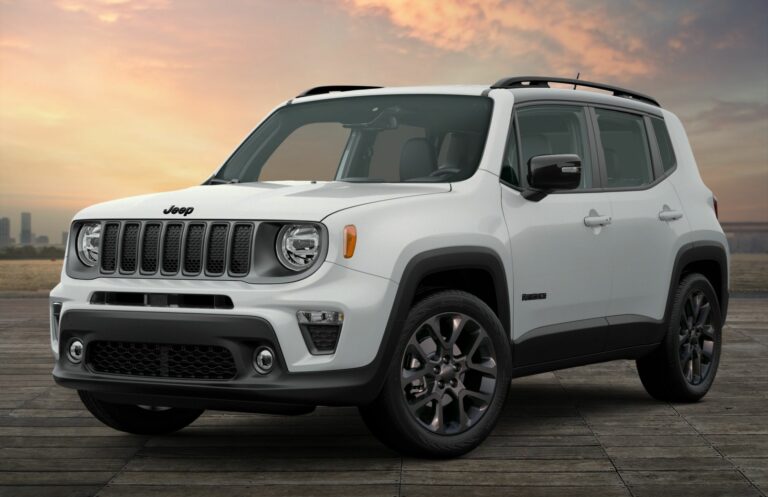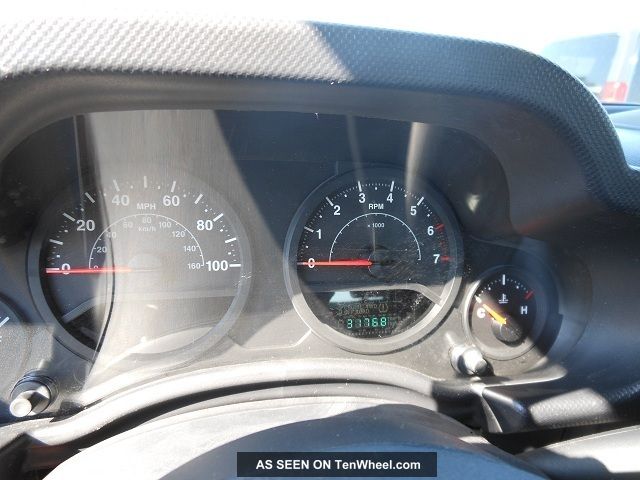2017 Jeep Wrangler 2 Door 0-60: Unpacking the Acceleration of an Off-Road Icon
2017 Jeep Wrangler 2 Door 0-60: Unpacking the Acceleration of an Off-Road Icon jeeps.truckstrend.com
When you think of a Jeep Wrangler, images of rugged trails, open-air adventures, and unparalleled off-road prowess likely come to mind. Rarely does one associate this iconic vehicle with blistering acceleration or quarter-mile times. Yet, the "0-60 mph" metric remains a universally understood benchmark for a vehicle’s straight-line performance. For the 2017 Jeep Wrangler 2-Door, understanding its 0-60 capabilities provides valuable insight into its on-road demeanor, responsiveness for daily driving, and how its legendary design balances with modern powertrain demands.
This comprehensive guide will delve into the nuances of the 2017 Jeep Wrangler 2-Door’s acceleration, exploring the factors that influence it, what to expect, and why this particular performance metric, while not its primary focus, still holds relevance for owners and enthusiasts alike.
2017 Jeep Wrangler 2 Door 0-60: Unpacking the Acceleration of an Off-Road Icon
The Heartbeat: Powertrain and Performance Baseline
At the core of every 2017 Jeep Wrangler JK (which includes the 2-door model) lies the venerable 3.6-liter Pentastar V6 engine. This powerplant, a staple across many Chrysler, Dodge, and Jeep vehicles of the era, was chosen for its excellent balance of power, torque, and efficiency.
- Engine: 3.6L Pentastar V6
- Horsepower: 285 hp @ 6,400 rpm
- Torque: 260 lb-ft @ 4,800 rpm
Mated to this engine were two transmission options: a 6-speed manual or a 5-speed automatic. Each transmission offers a different driving experience and subtly impacts the 0-60 mph time. The 2-door Wrangler, being lighter and more compact than its 4-door Unlimited counterpart, inherently possesses a slight advantage in acceleration.

It’s crucial to set expectations from the outset: the 2017 Jeep Wrangler 2-Door is not engineered to be a drag racer. Its boxy, upright design, solid axles, and focus on extreme off-road articulation inherently work against aerodynamic efficiency and raw straight-line speed. However, its healthy V6 engine ensures it’s more than capable of keeping up with traffic, merging onto highways, and performing passing maneuvers with confidence.
Decoding the Numbers: Expected 0-60 Times
For the 2017 Jeep Wrangler 2-Door, acceleration from 0 to 60 mph typically falls within a specific range, influenced by various factors we’ll discuss. Independent tests and owner reports generally place the 0-60 mph time between 6.6 and 7.5 seconds.
- Manual Transmission: Often provides the quickest times for skilled drivers, potentially dipping into the high 6-second range, thanks to direct gear engagement.
- Automatic Transmission: Offers more consistent, repeatable times, typically in the low 7-second range.

These figures are respectable for a vehicle of the Wrangler’s type and weight, demonstrating that the Pentastar V6 is more than adequate for daily driving duties.
Factors Influencing 2017 Jeep Wrangler 2-Door 0-60 Performance
While the engine and transmission form the foundation, several other variables can significantly impact a 2017 Jeep Wrangler 2-Door’s 0-60 mph acceleration:

- Axle Gearing (Final Drive Ratio): This is one of the most critical factors. Wranglers came with various axle ratios, commonly 3.21, 3.73, and 4.10 (especially on the Rubicon trim).
- Higher numerical ratios (e.g., 4.10) provide more torque multiplication, leading to quicker acceleration off the line. This is why Rubicons, despite often having larger tires, can still feel sprightly.
- Lower numerical ratios (e.g., 3.21) offer better fuel economy at highway speeds but result in slower acceleration.
- Tire Size and Type:
- Stock Tires: Smaller, lighter, and designed for general road use, these provide the best 0-60 times.
- Larger/Heavier Off-Road Tires: A common modification, these significantly increase rotational mass and effective gearing, slowing down acceleration. A 35-inch mud-terrain tire will inherently make the Wrangler slower than its stock 32-inch street tire counterpart.
- Vehicle Weight and Load: While the 2-door is lighter than the 4-door, adding heavy aftermarket bumpers, winches, roof racks, gear, or passengers will increase the overall vehicle weight, directly impacting acceleration. Every extra pound requires more energy to move.
- Aerodynamics: The Wrangler’s iconic brick-like shape is fantastic for off-road visibility and ground clearance but terrible for cutting through the air. Air resistance increases exponentially with speed, acting as a significant brake on acceleration, particularly in the higher speed ranges.
- Environmental Conditions:
- Altitude: At higher altitudes, the air is thinner, meaning less oxygen for the engine to burn, resulting in a loss of horsepower and slower acceleration.
- Temperature & Humidity: Extremely hot or humid conditions can also slightly reduce engine efficiency.
- Driver Skill (Manual Transmission): A perfectly executed launch and smooth, rapid shifts can shave valuable tenths of a second off a manual transmission’s 0-60 time. Conversely, poor shifting can significantly hinder it.
- Vehicle Maintenance: A well-maintained engine with clean air filters, fresh spark plugs, and proper fluid levels will always perform better than one that’s neglected.
Beyond the Numbers: Why 0-60 Matters (or Doesn’t) for a Wrangler
For a Jeep Wrangler, 0-60 mph is a relevant metric for practical, everyday driving, but it’s far from the ultimate measure of its capability or desirability.
Why it matters:
- Merging onto Highways: Adequate acceleration ensures you can safely merge into fast-moving traffic.
- Passing: Sufficient power allows for confident overtaking on two-lane roads.
- Daily Drivability: A responsive vehicle feels more enjoyable and less fatiguing in urban and suburban environments.
Why it doesn’t matter as much:
- Off-Road Prowess: The Wrangler’s true strength lies in its low-speed torque delivery, articulation, ground clearance, and robust 4×4 systems. Raw acceleration is irrelevant when crawling over rocks or through mud.
- Purpose-Built: The Wrangler is designed for adventure, exploration, and customization. Its design prioritizes ruggedness, repairability, and off-road capability over track performance.
- Modifications: Most modifications that enhance off-road capability (larger tires, lifts, heavy armor) inherently decrease 0-60 times due to increased weight, drag, and rotational mass. Wrangler owners typically prioritize trail performance over straight-line speed.
Practical Advice: Optimizing Your Wrangler’s Acceleration (Within Reason)
While you won’t turn your 2017 Wrangler into a sports car, here are some actionable insights to ensure it performs optimally and perhaps shave a few tenths off its 0-60 time:
- Maintain Your Engine: Regular oil changes, air filter replacement, and spark plug checks ensure your Pentastar V6 is running at peak efficiency.
- Check Tire Pressure: Properly inflated tires reduce rolling resistance. Over-inflated tires can reduce traction; under-inflated tires increase drag.
- Lighten the Load: Remove unnecessary items from your Wrangler. Every pound contributes to inertia.
- Consider Axle Re-gearing (Advanced/Expensive): If you’ve installed significantly larger tires (e.g., 35-inch or more), re-gearing your axles to a numerically higher ratio (e.g., from 3.21 to 4.10 or 4.56) is the single most effective way to restore lost acceleration and overall drivability. This is a significant investment but highly recommended for modified Jeeps.
- Practice Manual Shifting: If you have a manual transmission, smooth, quick shifts at optimal RPMs will yield the best results. Avoid bogging down the engine or over-revving.
- Fuel Quality: Using the recommended octane fuel (typically regular unleaded for the Pentastar) and purchasing from reputable stations ensures consistent fuel quality.
Challenges and Considerations
The main "challenge" regarding the 2017 Jeep Wrangler 2-Door’s 0-60 performance is simply managing expectations. It is not, and was never intended to be, a fast vehicle in the traditional sense.
- Trade-offs: Any attempt to significantly boost 0-60 performance often comes at the expense of other characteristics, such as fuel economy, off-road articulation (if modifying suspension for road performance), or even the vehicle’s rugged aesthetic.
- Cost vs. Benefit: Investing heavily in engine tuning or forced induction for a Wrangler purely for 0-60 gains is rarely cost-effective compared to buying a vehicle designed for speed.
- Modifications Often Slow it Down: Be aware that the most popular Wrangler modifications (lifts, large tires, heavy armor) will almost certainly increase your 0-60 time, making the vehicle feel slower than stock. Embrace these changes for their intended purpose – enhanced off-road capability – rather than lamenting their impact on acceleration.
2017 Jeep Wrangler 2-Door 0-60 Performance and Original MSRP
Here’s a table summarizing typical 0-60 mph times for different configurations of the 2017 Jeep Wrangler 2-Door, along with their approximate original MSRP ranges for context. These are estimates, as actual times can vary based on the factors discussed above.
| Trim/Configuration | Transmission | Typical Axle Ratio | Estimated 0-60 mph (seconds) | Original MSRP Range (Approx.) |
|---|---|---|---|---|
| Sport | Manual (6-spd) | 3.21 or 3.73 | 7.0 – 7.5 | $23,995 – $26,000 |
| Sport | Automatic (5-spd) | 3.21 or 3.73 | 7.2 – 7.7 | $24,995 – $27,000 |
| Sahara | Manual (6-spd) | 3.21 or 3.73 | 7.0 – 7.5 | $29,995 – $32,000 |
| Sahara | Automatic (5-spd) | 3.21 or 3.73 | 7.2 – 7.7 | $30,995 – $33,000 |
| Rubicon | Manual (6-spd) | 4.10 | 6.6 – 7.0 | $33,995 – $36,000 |
| Rubicon | Automatic (5-spd) | 4.10 | 6.8 – 7.2 | $34,995 – $37,000 |
Note: Original MSRP ranges are approximate for base models of each trim and do not include optional packages, destination fees, or dealer markups.
Frequently Asked Questions (FAQ)
Q1: What is the fastest 0-60 mph time for a stock 2017 Jeep Wrangler 2-Door?
A1: Generally, the fastest stock 2017 Wrangler 2-Door would be a Rubicon model with its 4.10 axle ratio and either transmission, achieving times in the high 6-second range (e.g., 6.6-7.0 seconds).
Q2: Does the 4-door 2017 Jeep Wrangler Unlimited accelerate slower than the 2-door?
A2: Yes, the 4-door Unlimited model is significantly heavier than the 2-door, which results in slightly slower 0-60 mph times, typically in the mid-to-high 7-second range.
Q3: How do larger tires affect the 0-60 mph time of a 2017 Wrangler?
A3: Larger and heavier off-road tires dramatically increase rotational mass and effectively "raise" the gearing, making the vehicle feel sluggish and significantly increasing 0-60 mph times. Re-gearing the axles is often necessary to compensate.
Q4: Can I significantly improve my 2017 Wrangler’s 0-60 mph time with bolt-on modifications?
A4: While minor improvements can be made with proper maintenance and perhaps a cold air intake or exhaust, significant gains in 0-60 mph for a naturally aspirated Pentastar V6 are difficult and expensive to achieve. Forced induction (supercharger/turbocharger) is the most impactful but very costly. Re-gearing is the best performance modification if you’ve added larger tires.
Q5: Is 0-60 mph an important metric for a Jeep Wrangler owner?
A5: It’s important for understanding daily driving dynamics like merging and passing, but it’s not the primary performance metric for a Wrangler. Its off-road capability, durability, and versatility are far more crucial to its identity and appeal.
Q6: What engine does the 2017 2-door Wrangler have?
A6: All 2017 Jeep Wrangler (JK generation) models, including the 2-door, are equipped with the 3.6-liter Pentastar V6 engine.
Conclusion
The 2017 Jeep Wrangler 2-Door, while an undisputed king of off-road adventure, offers a surprisingly competent on-road experience thanks to its robust 3.6-liter Pentastar V6 engine. Its 0-60 mph acceleration, typically ranging from 6.6 to 7.5 seconds, is more than adequate for most daily driving scenarios, allowing for safe merging and confident highway maneuvers.
While it will never win a drag race against a sports car, understanding the factors that influence its acceleration—from axle gearing and tire choice to environmental conditions—empowers owners to make informed decisions about modifications and maintenance. Ultimately, the 2017 Jeep Wrangler 2-Door’s charm lies not in its speed, but in its unparalleled ability to take you places other vehicles can only dream of, proving that true performance comes in many forms. Embrace its strengths, and enjoy the journey, whether on the pavement or far off the beaten path.





